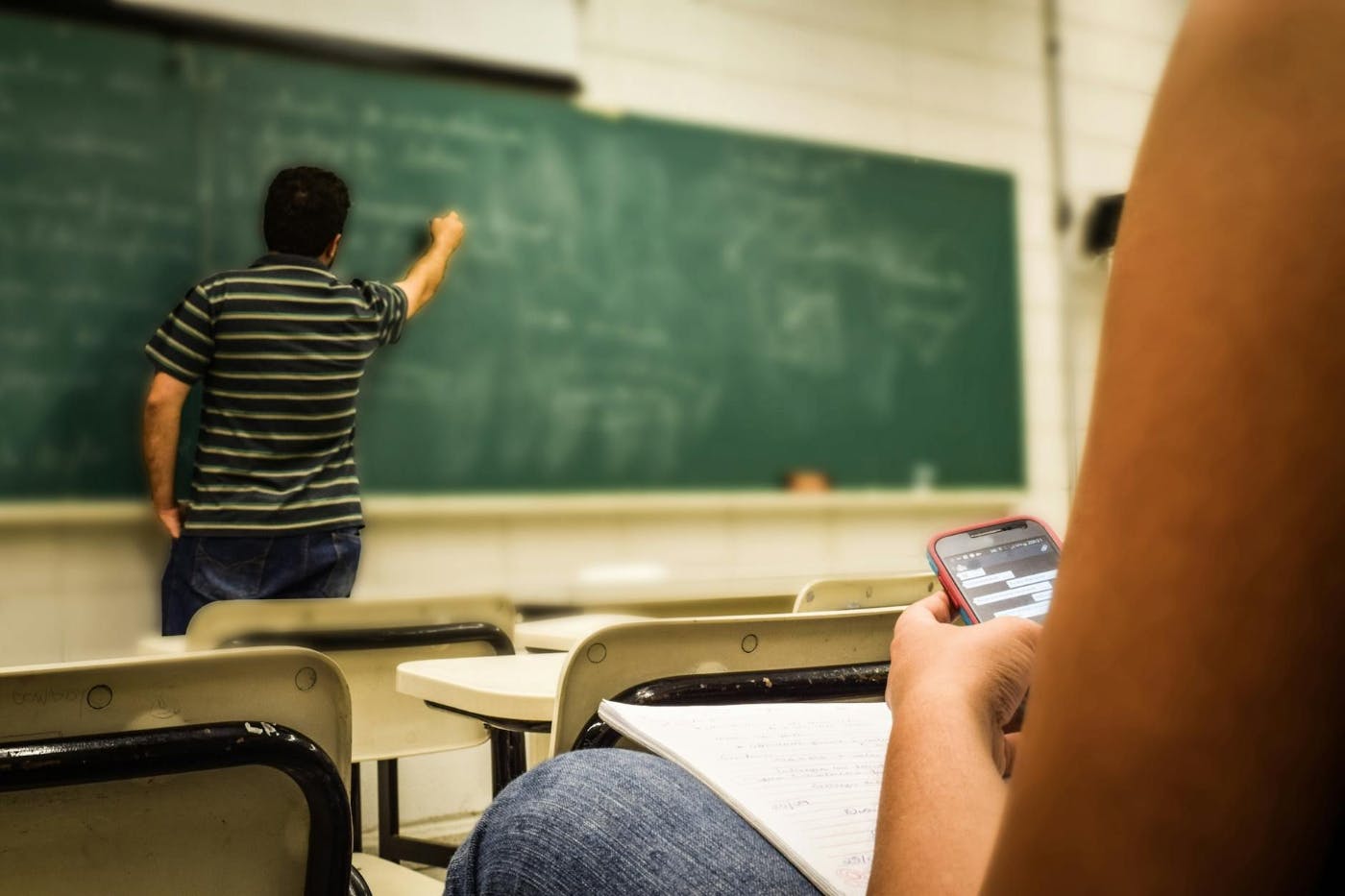Leveraging Natural Supervision: Naturally-Occurring Data Structures
by
June 1st, 2024
Audio Presented by

We publish the best academic papers on rule-based techniques, LLMs, & the generation of text that resembles human text.
Story's Credibility

About Author
We publish the best academic papers on rule-based techniques, LLMs, & the generation of text that resembles human text.
